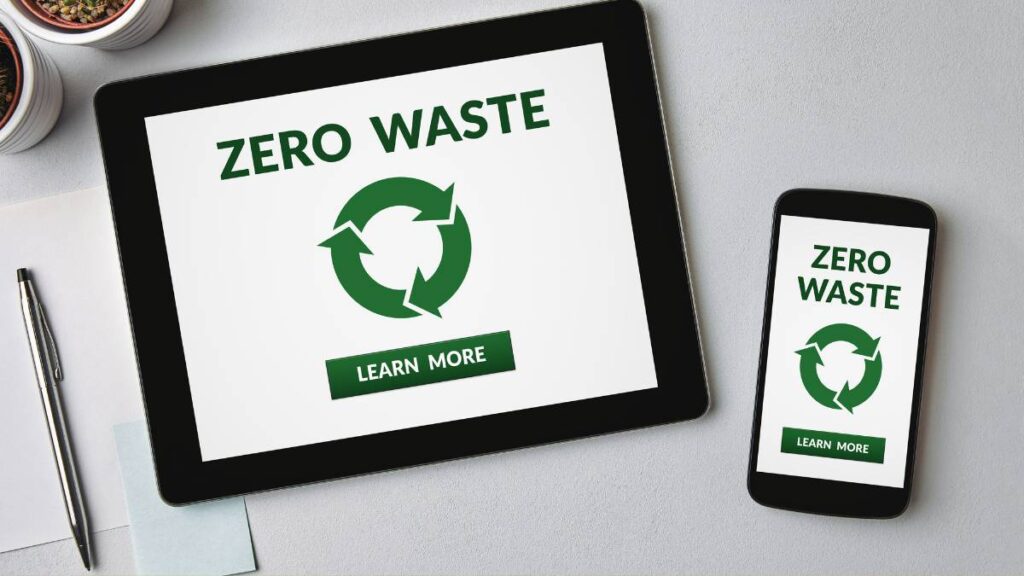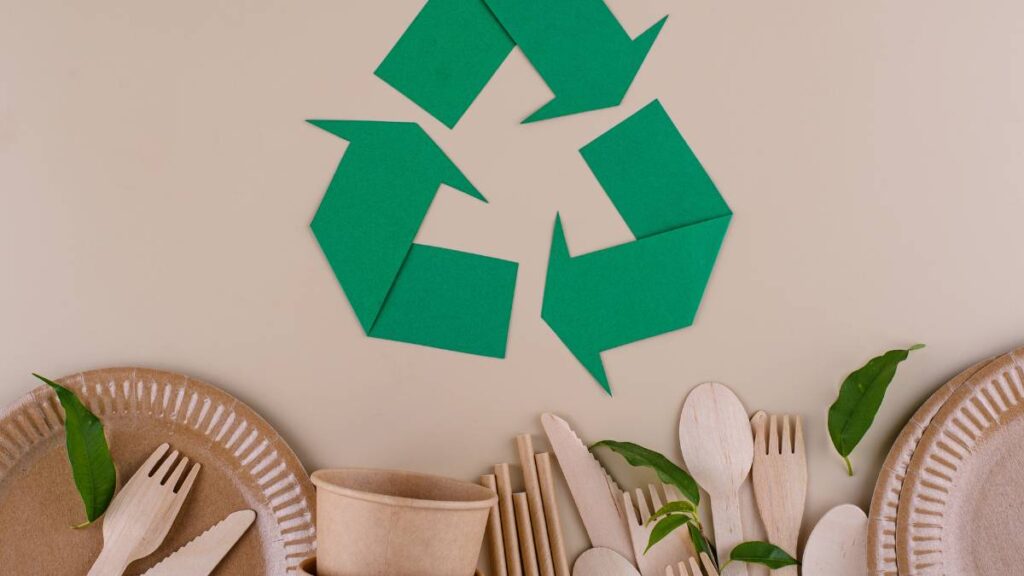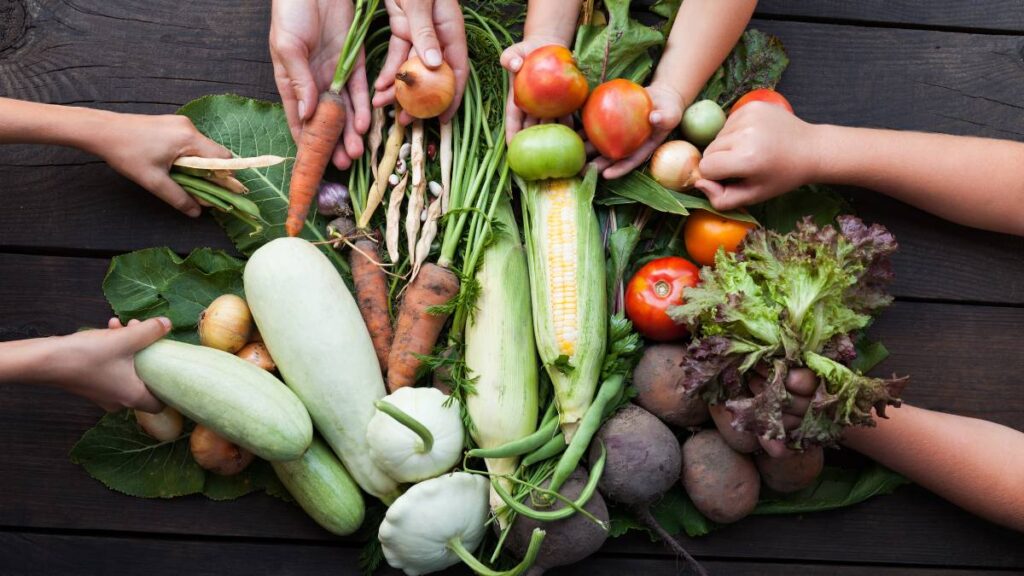Have you ever wondered how much waste you produce in a day, a week, or a year? According to the EPA, the average American generated about 4.9 pounds of trash per day in 2018, which adds up to almost 1800 pounds per year. That’s a lot of waste that ends up in landfills, incinerators, or oceans, causing pollution, greenhouse gas emissions, and environmental degradation.
But what if you could reduce or eliminate your waste, and live a more sustainable and eco-friendly lifestyle? That’s the idea behind the zero waste movement, which aims to minimize the amount and impact of waste by following the 5 R’s: refuse, reduce, reuse, recycle, and rot.
In this article, we will provide you with some tips and tricks on how to adopt a zero waste lifestyle, covering topics like composting, packaging-free shopping, and recycling. By following these tips, you can save money, resources, and the planet, while also improving your health and well-being.
Composting
Composting is the process of turning organic waste, such as food scraps, yard trimmings, and paper, into nutrient-rich soil that can be used for gardening, landscaping, or farming. Composting is one of the best ways to reduce your waste, as it prevents organic waste from ending up in landfills, where it releases methane, a potent greenhouse gas. Composting also benefits the environment by improving soil quality, water retention, and plant growth.
To start composting, you will need a compost bin, which can be either indoor or outdoor, depending on your space and preference. You can buy a ready-made compost bin, or make your own from materials like wood, metal, or plastic. You will also need to collect your organic waste, which can be divided into two categories: greens and browns. Greens are wet and nitrogen-rich materials, such as fruit and vegetable peels, coffee grounds, tea bags, and grass clippings. Browns are dry and carbon-rich materials, such as leaves, twigs, cardboard, and paper. You should aim for a ratio of about 2 parts browns to 1 part greens in your compost bin.
To maintain your compost bin, you will need to mix and aerate the materials regularly, to ensure proper decomposition and prevent odors. You will also need to keep your compost bin moist, but not soggy, by adding water or dry materials as needed. You can also add some worms or microorganisms to speed up the process and enhance the quality of your compost. Depending on the size and type of your compost bin, it may take from a few weeks to a few months to produce finished compost, which will look and smell like dark and crumbly soil.
You can use your compost for various purposes, such as fertilizing your plants, enriching your lawn, or creating a worm farm. You can also share your compost with your neighbors, friends, or community gardens, or donate it to local farms or organizations. By composting, you can reduce your waste by up to 50%, and create a valuable resource for yourself and others.
Packaging-Free Shopping
Packaging-free shopping is the practice of buying products without any disposable packaging, such as plastic, paper, or metal. Packaging-free shopping can help you to reduce your waste, as well as your exposure to harmful chemicals and additives that may leach from the packaging into the products. Packaging-free shopping can also help you to save money, as you only pay for the product, not the packaging. Packaging-free shopping can also help you to support local and ethical businesses, as well as to reduce the environmental impact of the production, transportation, and disposal of packaging.
To start packaging-free shopping, you will need some reusable containers, such as glass jars, metal tins, cloth bags, or silicone pouches. You can either buy them new, or reuse the ones that you already have at home. You will also need to find some places that sell products in bulk or without packaging, such as farmers markets, co-ops, health food stores, or zero waste stores. You can use online tools or apps, such as Litterless, Zero Waste Home, or Bulk, to locate and review the nearest and most convenient packaging-free shopping options for you.
To shop packaging-free, you will need to follow some simple steps, such as:
- Weigh your containers before filling them, and write the weight on them or on a tag. This will allow the cashier to deduct the weight of the container from the total weight of the product, and charge you accordingly.
- Fill your containers with the products that you want, and write the product code or name on them or on a tag. This will allow the cashier to identify the product and charge you accordingly.
- Check out and pay for your products, and enjoy your packaging-free shopping experience.
You can shop packaging-free for various products, such as grains, beans, nuts, seeds, spices, herbs, oils, vinegars, flours, sugars, cereals, pasta, rice, coffee, tea, snacks, candies, dried fruits, baking ingredients, cleaning products, personal care products, and more. By shopping packaging-free, you can reduce your waste by up to 40%, and create a more mindful and satisfying shopping experience.
Recycling
Recycling is the process of converting waste materials into new and useful products, such as paper, plastic, metal, or glass. Recycling can help you to reduce your waste, as well as to conserve natural resources, energy, and water, and to prevent pollution and greenhouse gas emissions. Recycling can also help you to create economic and social opportunities, by creating jobs and income through the collection, processing, and manufacturing of recycled materials.
To start recycling, you will need to separate your recyclable materials from your non-recyclable materials, and place them in different bins or bags. You will also need to check the recycling rules and regulations in your area, as they may vary depending on the type, quality, and quantity of the materials that are accepted. You can use online tools or apps, such as Recycle Nation, iRecycle, or Earth911, to find and access the nearest and most convenient recycling options for you.
To recycle properly, you will need to follow some basic guidelines, such as:
- Clean and dry your recyclable materials, and remove any labels, lids, or caps that may contaminate or damage them. This will ensure that your materials are accepted and processed correctly, and that they retain their value and quality.
- Flatten or crush your recyclable materials, such as cardboard boxes, plastic bottles, or aluminum cans, to save space and reduce transportation costs. This will also make it easier for you to store and handle your materials, and for the recycling facilities to sort and process them.
- Sort your recyclable materials by type, such as paper, plastic, metal, or glass, and by color, shape, or size, if possible. This will help to prevent contamination and confusion, and to improve the efficiency and effectiveness of the recycling process.
You can recycle various materials, such as paper, plastic, metal, glass, electronics, batteries, textiles, or furniture. However, you should also be aware of some materials that are not recyclable, or that require special handling, such as polystyrene, plastic bags, diapers, pizza boxes, light bulbs, or hazardous waste.
You should also avoid wish-cycling, which is the practice of putting materials in the recycling bin that you hope or think are recyclable, but are not. This can cause more harm than good, as it can contaminate or damage the recyclable materials, and increase the cost and difficulty of the recycling process.
By recycling, you can reduce your waste by up to 30%, and create a more circular and green economy.
Conclusion
The zero waste lifestyle is a way of living that aims to minimize the amount and impact of waste, by following the 5 R’s: refuse, reduce, reuse, recycle, and rot. In this article, we have provided you with some tips and tricks on how to adopt a zero waste lifestyle, covering topics like composting, packaging-free shopping, and recycling. By following these tips, you can reduce your waste by up to 90%, and create a more sustainable and eco-friendly lifestyle.







